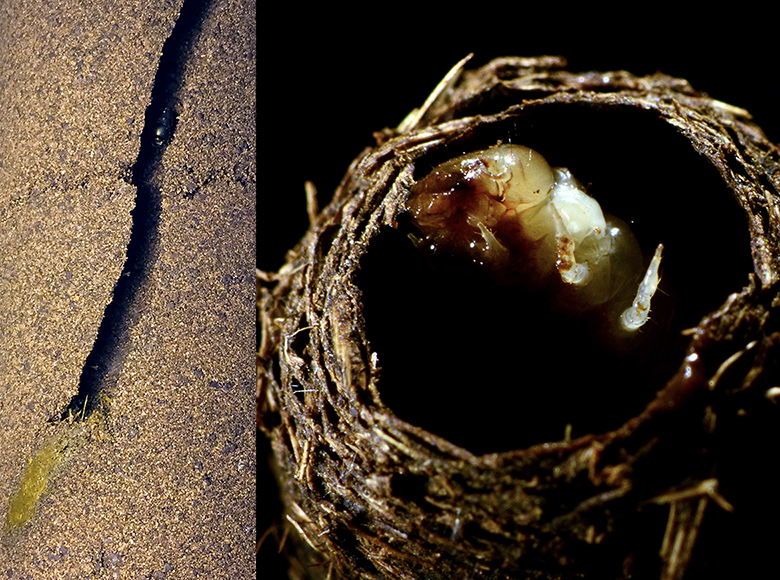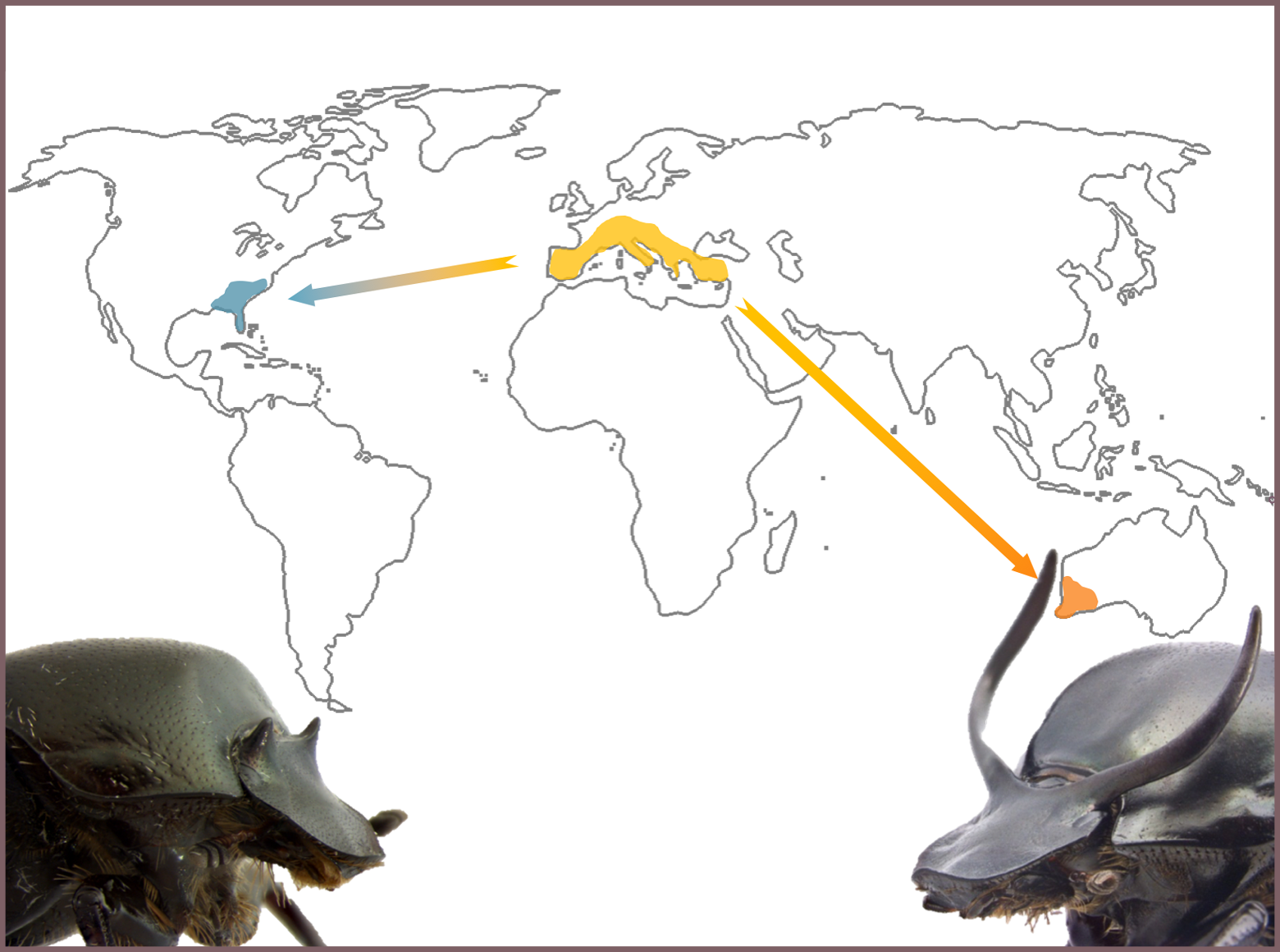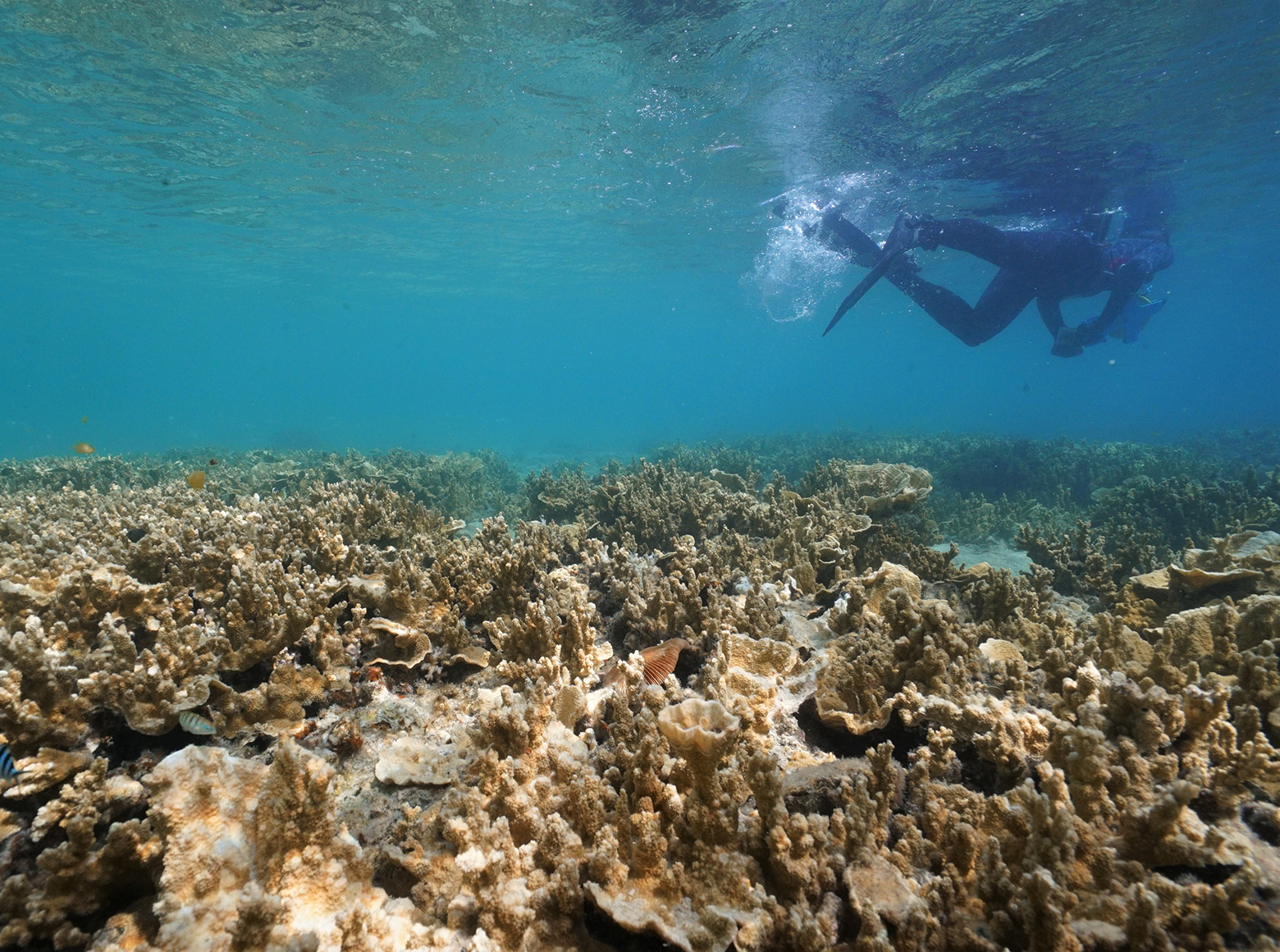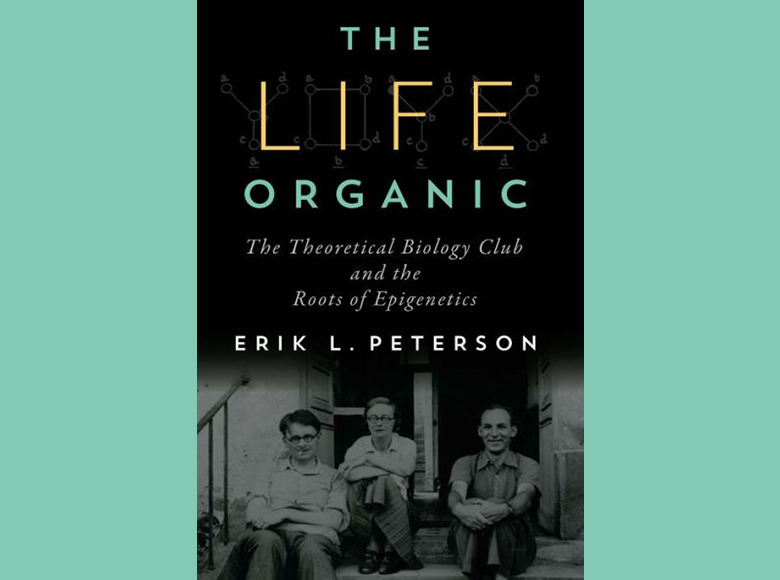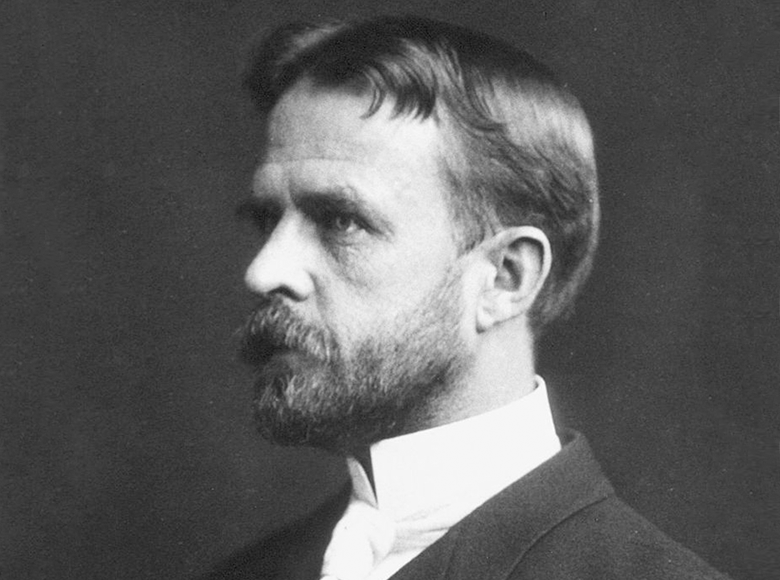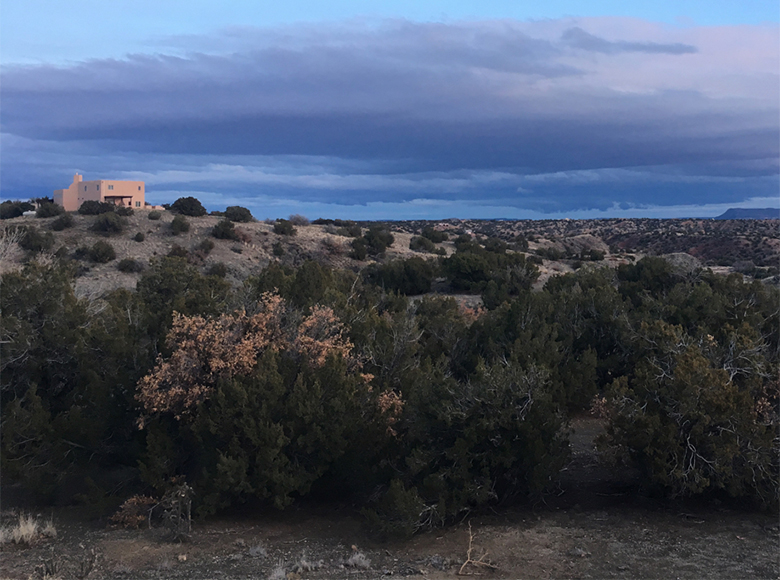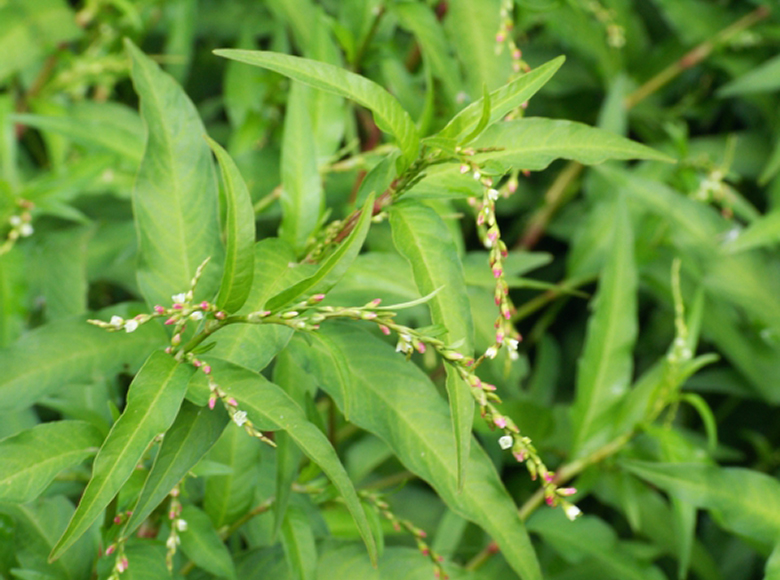Behavioral and developmental plasticity enable dung beetles to cope with temperature stress within and across generations
by Anna LM Macagno, Eduardo E Zattara, Armin P Moczek & Cris C Ledón-Rettig
While the climate is changing in complex patterns around our planet, there is strong consensus that global average temperatures are rapidly on the rise. Global climate change forces organisms to either cope with changing temperature regimes in their native habitats, or to face extinction. Furthermore, the resulting environmental changes can cause many areas to become
read more